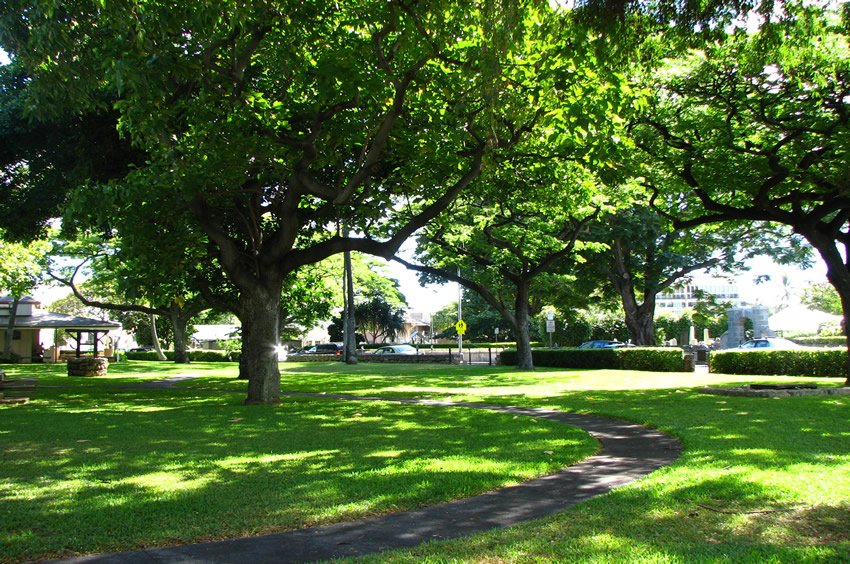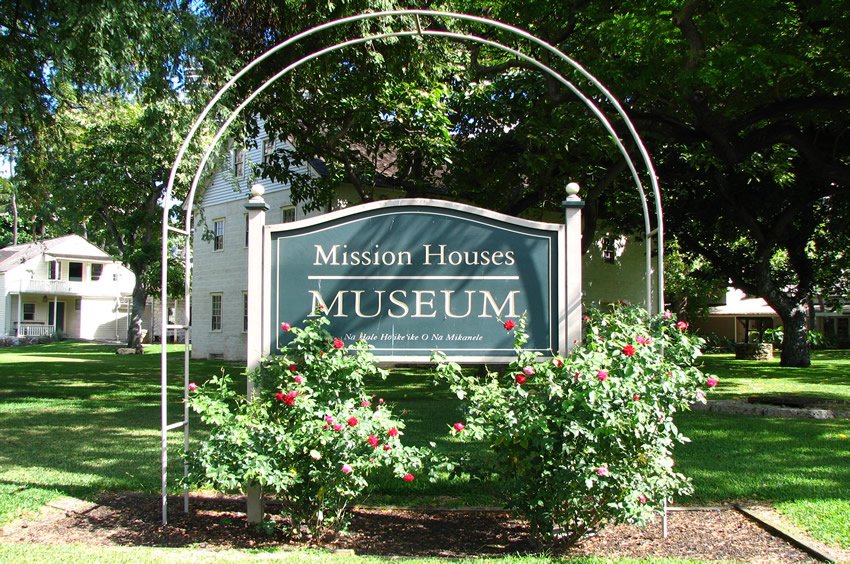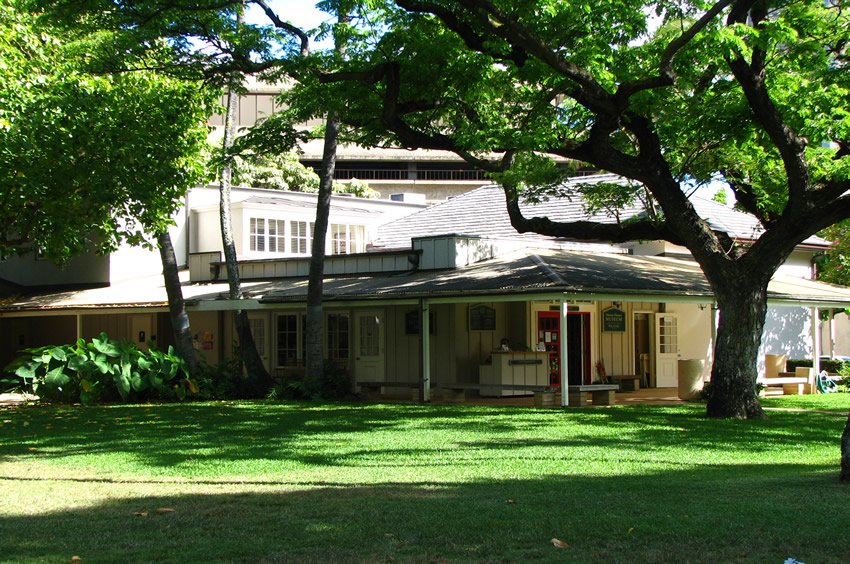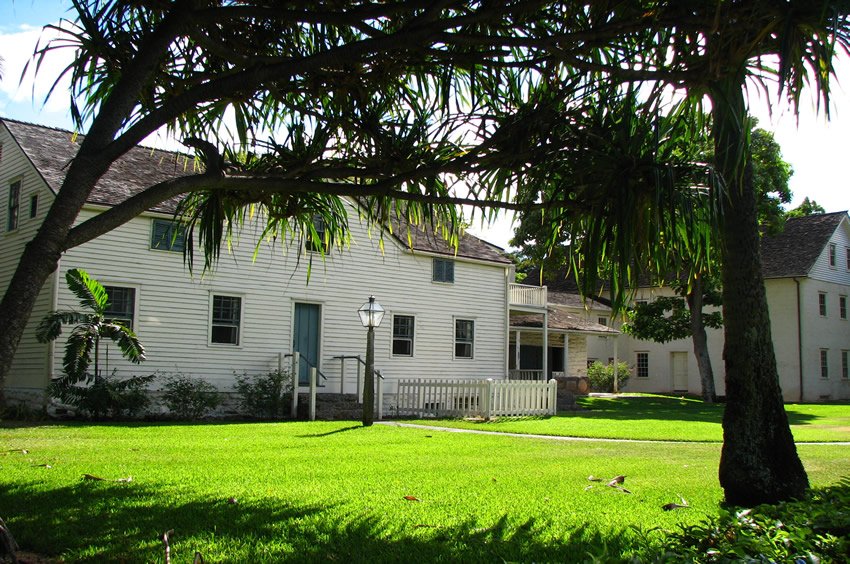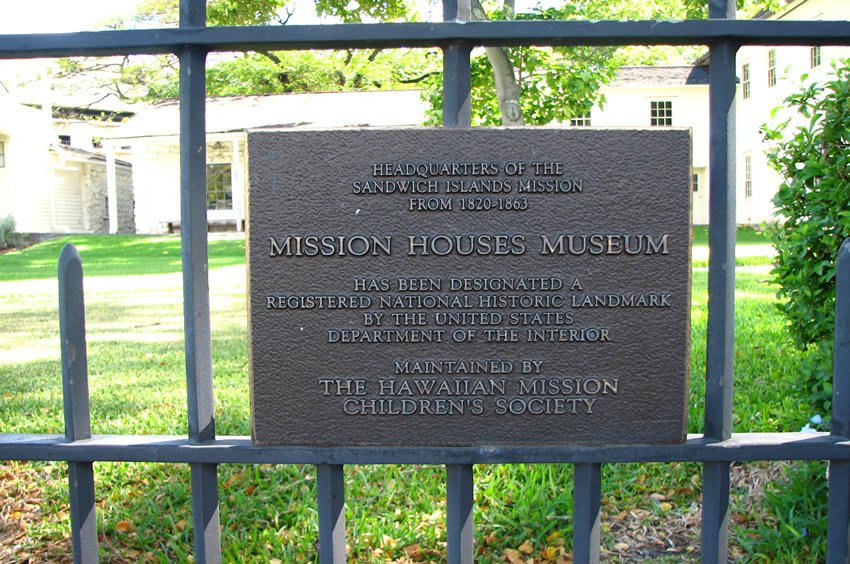Hawaiian Mission Houses Historic Site
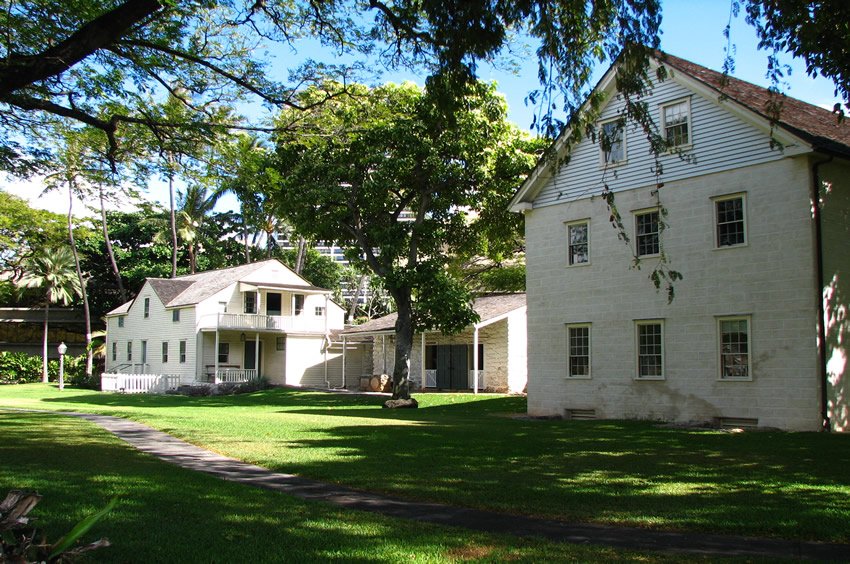
Hawaiian Mission Houses Historic Site offers an immersive look into Hawaii's missionary era, showcasing preserved 19th-century homes, early printing equipment, and a research library. Located in downtown Honolulu, this National Historic Landmark provides a rare glimpse into the lives of missionaries who influenced Hawaii's education, religion, and written language.
Hawaiian Mission Houses Historic Site and Archives, Oahu
Visit the Hawaiian Mission Houses Historic Site and Archives, formerly known as the Mission Houses Museum (view panorama) ×, to get an idea how the missionaries lived on the island during Hawaii's missionary period from 1820 to 1863. The settlement was built in 1831 and three of the original buildings still remain on the site in downtown Honolulu.
The missionaries had a profound impact on the people of Hawaii and their culture. All in all, the museum features a collection of over 3,000 Hawaiian, Pacific and Western artifacts and more than 12,000 books, original letters, manuscripts, diaries, journals, illustrations and Hawaiian church records. The museum is a National Historic Landmark.
The Hale Laau is the oldest building in the state of Hawaii. It was built in 1821 and served as a home for the missionaries. The Ka Hale Pai was the printing house. Here, Hawaiians and the missionaries created the Hawaiian alphabet. The Ka Hale Kamalani or the Chamberlain House was built completely from blocks of coral skeletons. It was the home of the Chamberlain family and additionally was used as a storehouse for mission goods.
Key Features of Hawaiian Mission Houses Historic Site
- Oldest Western-style house in Hawaii: The Hale Laau, built in 1821, still stands on the museum grounds.
- Extensive archival collection: Over 3,000 artifacts and 12,000 documents from the missionary era are preserved here.
- Home of the first Hawaiian printing press: The Ka Hale Pai is where the Hawaiian alphabet was developed and printed materials were produced.
- National Historic Landmark designation: Recognized for its cultural and historical importance in Hawaii's transformation during the 1800s.
- Authentic coral block home: The Chamberlain House was constructed using coral skeletons and served as a residence and storehouse.
Frequently Asked Questions
What is the focus of the Japanese Cultural Center of Hawaii?
The Center is dedicated to preserving and sharing the Japanese American experience in Hawaii through exhibitions, events, and education.
What kinds of activities are offered at the center?
The center hosts art exhibits, cultural lectures, language and craft classes, and seasonal festivals.
Can I participate in a traditional Japanese tea ceremony?
Yes, the center includes an authentic Japanese teahouse and occasionally hosts tea ceremonies and etiquette classes.
Does the center have a gift shop?
Yes, visitors can shop for Japanese antiques, teaware, clothing, and other cultural items.
Where is the Japanese Cultural Center located?
It is located at 2454 South Beretania Street, Honolulu, HI 96826, across from Moiliili Neighborhood Park.

















